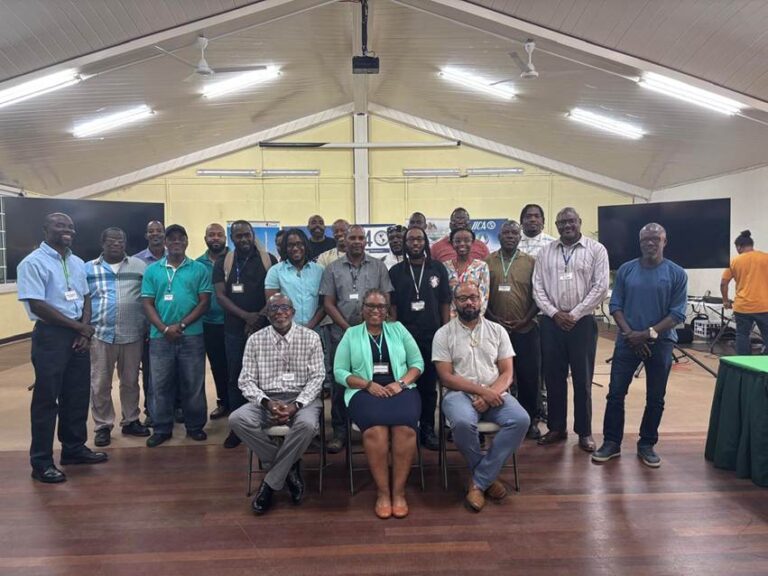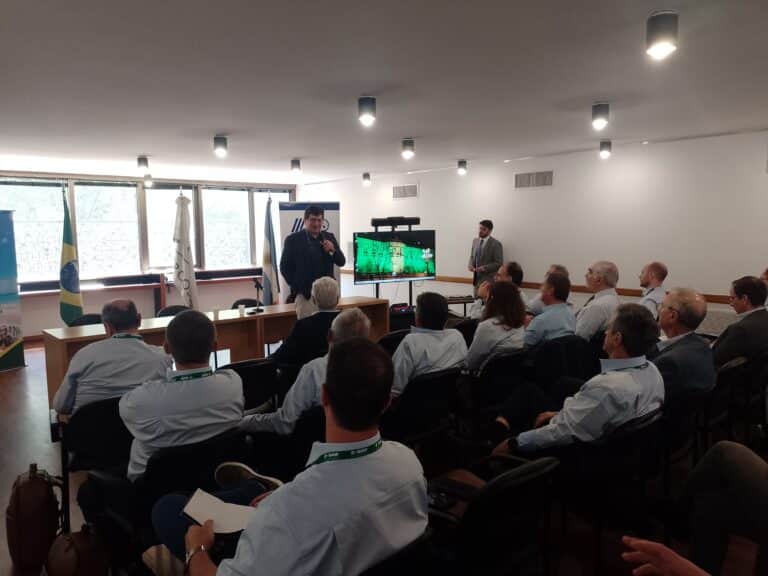A meeting in Brazil will facilitate discussions and the sharing of experiences to contribute to harmonizing sanitary and phytosanitary measures.

Brazil, august 13, 2015 (IICA). Brasilia will be the host of the Inter-American Meeting on Agricultural Health and Food Safety National Services in the Face of Challenges Posed by International Trade, which will be held from September 2-3 with participants from 36 countries in the Americas.
The dialogue on the phenomenon’s impact on agriculture was coordinated by the Executive Secretariat of the Central American Agricultural Council (SECAC), operated by the Inter-American Institute for Cooperation on Agriculture (IICA).
According to a report prepared by the experts, Central America will continue to face either very dry conditions, especially along the Pacific coast, from the east of El Salvador down to Panama, or very high rainfall, in some areas of the southern Caribbean coast of Central America and part of Guatemala’s Pacific coast.
SECAC consultant Nadia Chalabi explained that the drought could affect the production of subsistence farmers throughout the Central American Dry Corridor, especially the first corn and bean harvests and, potentially, the third harvest.
Livestock will continue to be affected by shortages of water and fodder, she added, while the high temperatures could disrupt the flowering stage of fruit and coffee production.
In some areas of Costa Rica and Panama, heavy rainfall and floods could have an impact on the production and commercialization of perishable crops such as bananas, papaya, and vegetables.
In this scenario, the experts recommended that countries set up water catchment and irrigation systems, and use resistant varieties in regions where dry conditions will prevail.
They also stressed the need to recalculate the planting dates for annual crops, use pest monitoring systems to prevent health risks, and make preparations for a longer, hotter dry season.
More information:
nadia.chalabi@iica.int











